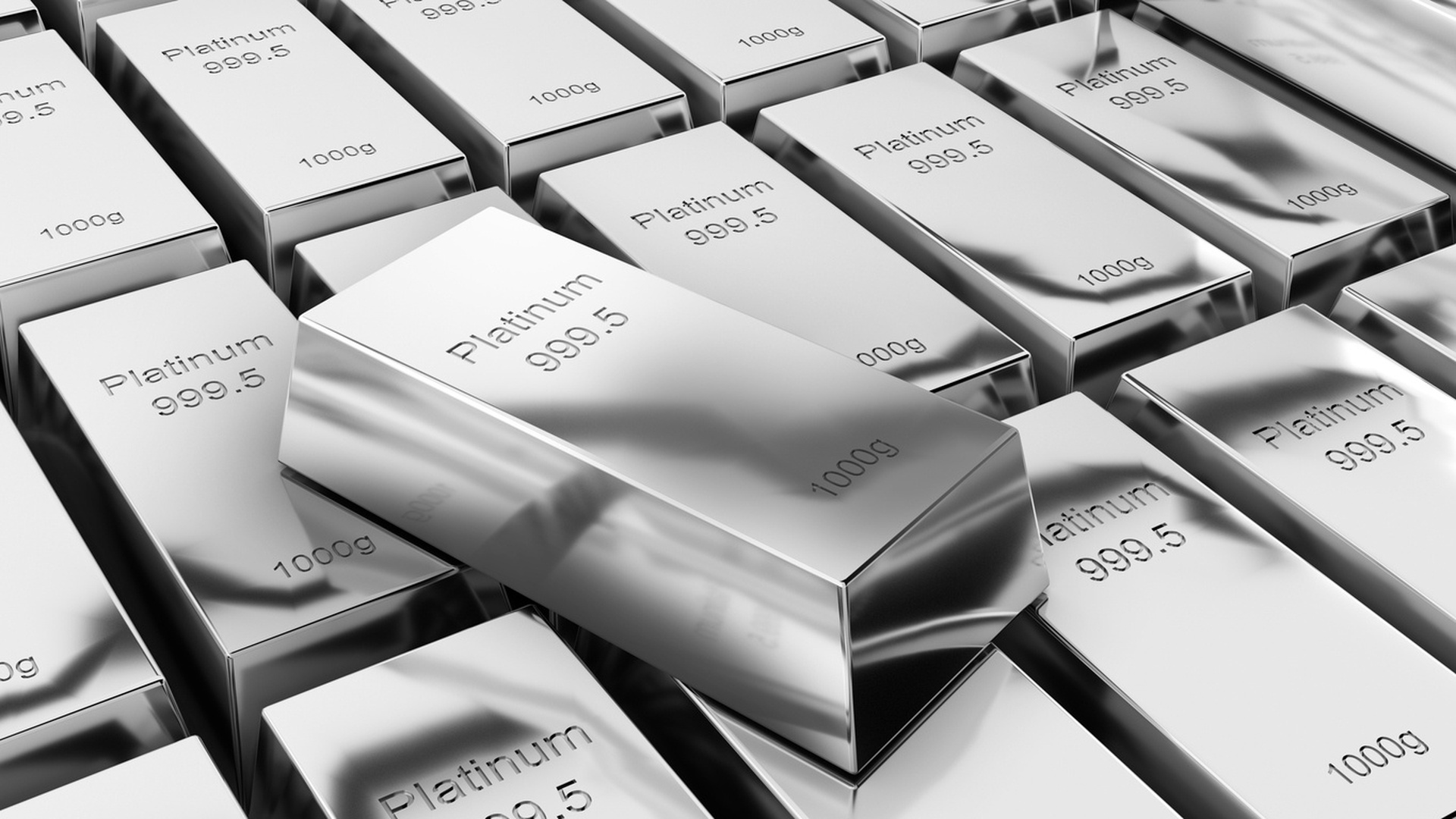

Platinum is poised to enter a period of significant price escalation, driven by the convergence of strategic geopolitical maneuvers and its indispensable role in the global energy transition. Key factors, such as China’s deliberate accumulation of platinum reserves, the burgeoning hydrogen economy, and the finite nature of global platinum supply, are shaping the market's future trajectory.
Since 2009, China has been on a decade-long strategy of importing platinum in quantities that far exceed its immediate domestic consumption needs. By 2022, this approach had enabled China to amass an above-ground inventory of platinum estimated at 12 million ounces, representing a staggering 57% of the global stockpiles. This accumulation isn’t merely driven by industrial requirements, such as those for jewelry, catalytic converters, or electronics. Rather, it signifies a calculated political and economic strategy focused on consolidating control over a resource that is vital for future clean energy technologies.
Moreover, China’s restrictive export policies mean that these substantial stockpiles are effectively removed from global circulation, creating what can be described as a "black hole" effect. As a result, significant volumes of platinum remain inaccessible to industries outside of China, posing a serious challenge to sectors that rely on the metal. This situation becomes particularly concerning for those involved in decarbonization efforts, like hydrogen production and hydrogen-powered vehicles, which are heavily dependent on platinum.
Ultimately, China’s aggressive accumulation of platinum places the global clean energy transition at considerable risk. Countries striving to establish a hydrogen economy an endeavor that heavily relies on platinum may find themselves vulnerable to the stockpile strategies employed by China. This dynamic has the potential to create geopolitical tensions as nations navigate their energy futures in an increasingly intertwined global landscape.
Platinum is poised to become increasingly vital as the world transitions towards hydrogen as a clean energy solution. Currently, hydrogen-related technologies account for only a small portion of platinum demand. However, significant future growth is anticipated. According to the World Platinum Investment Council (WPIC), by 2040, applications related to hydrogen could represent as much as 35% of total annual platinum demand. This increase in demand is primarily driven by two key technologies.
First, Proton Exchange Membrane (PEM) electrolyzers play a pivotal role in this shift. Platinum serves as a critical catalyst in these devices, which produce green hydrogen by splitting water into hydrogen and oxygen. Additionally, hydrogen-powered vehicles depend on platinum-based fuel cells. These fuel cells generate electricity through a chemical reaction between hydrogen and oxygen, further underlining the importance of platinum in the hydrogen economy.
However, there are significant challenges to overcome in the move towards decarbonization. China holds massive reserves of platinum, which could potentially delay progress. Limited access to these reserves may slow the production and adoption of essential hydrogen technologies. Moreover, the global supply of platinum is tight, leading to rising prices that could increase the overall cost of hydrogen technologies and hinder their implementation in decarbonization strategies.
The supply side of the platinum market is currently grappling with several significant challenges that may increase price volatility. One of the primary issues stems from South Africa's dominance in the platinum sector. The country is home to an impressive 80% of global platinum reserves, which renders the market highly susceptible to local disruptions. Additionally, South Africa faces operational challenges such as political instability, aging infrastructure, and frequent power outages, all of which have hindered mining output and further tightened the global supply chain.
Moreover, geopolitical risks add another layer of complexity to the platinum market. Russia, a key player in this field, has recently indicated intentions to restrict its exports of both platinum and palladium. Such a move could intensify supply shortages, particularly as Russia continues to navigate the impact of economic sanctions and heightened geopolitical tensions.
In light of these challenges, recycling has emerged as a potential strategy to mitigate supply pressures. The process of reclaiming platinum from catalytic converters and various industrial applications is becoming increasingly important. However, despite its growing relevance, the current scale of recycling remains insufficient to meet the anticipated growth in demand.
Platinum has experienced a prolonged cyclical bear market over the past 17 years, remaining below its historical highs. However, indicators suggest that the metal has been steadily basing out for a decade, which could set the stage for a robust secular bull market, reminiscent of the breakout witnessed in the 1990s.
Several key factors are driving this potential price increase. Firstly, the emergence of the hydrogen economy promises to significantly boost platinum demand, particularly for applications in PEM electrolyzers and fuel cells. This transition toward hydrogen as a clean energy source reflects a broader shift in the energy landscape.
Additionally, supply shortages are contributing to the bullish outlook for platinum. China's stockpiling efforts, coupled with operational challenges in South Africa and export restrictions from Russia, are expected to tighten global supply. This constraint will likely put upward pressure on prices.
Moreover, investor sentiment plays a critical role in shaping platinum's future. As geopolitical tensions rise and efforts to transition to sustainable energy intensify, platinum is becoming increasingly recognized as a strategic resource with long-term value.
Overall, analysts believe that platinum is entering what could be called wave 3 of a secular bull market arguably the strongest and most profitable phase. While precise price targets remain speculative, the existing fundamental and technical indicators hint at the possibility of a multi-year rally ahead.
The platinum market is entering a transformative phase, with prices poised for significant growth driven by China’s strategic stockpiling and the rise of hydrogen technology. However, supply constraints and geopolitical risks create challenges that could delay progress in decarbonization and energy transition efforts.
For investors, platinum represents a generational opportunity, with the potential for long-term gains as it plays a pivotal role in the clean energy revolution. However, navigating the market will require careful attention to geopolitical developments, technological advancements, and evolving supply dynamics.